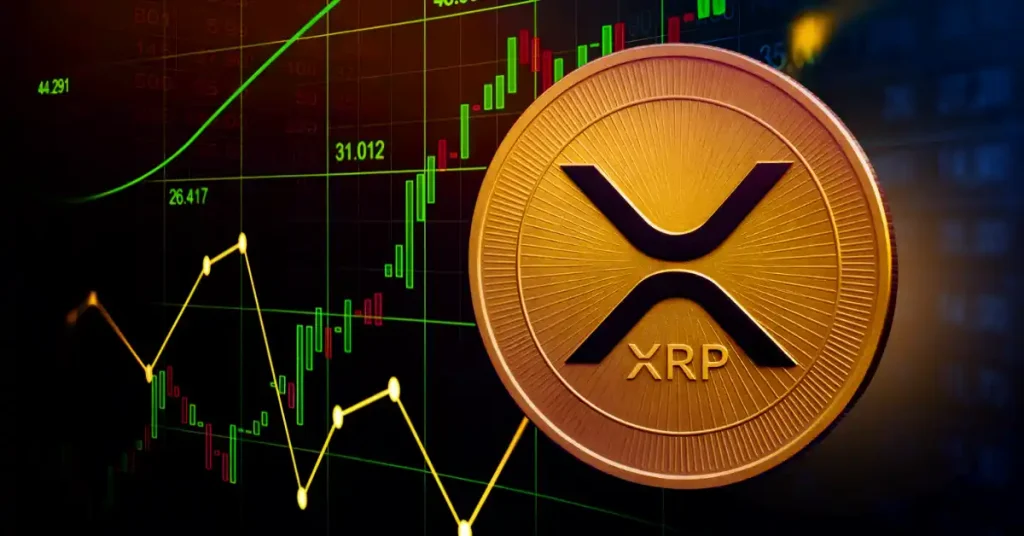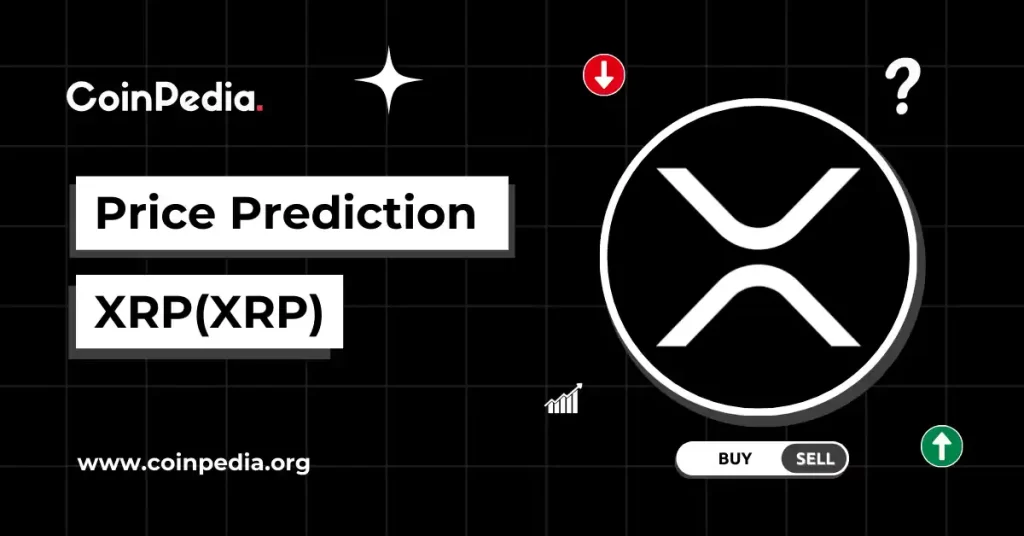BitcoinWorld Ethereum Foundation ETH Sale: Unraveling the Crucial Mystery The cryptocurrency world often buzzes with news, but few events capture attention like a significant transaction from a seemingly official source. Recently, a wallet connected to the Ethereum Foundation executed a substantial Ethereum Foundation ETH sale , offloading 1,695 ETH for approximately $7.72 million in DAI. This high-value transaction, occurring at a rate of $4,556 per ETH, immediately sparked discussions and questions across the community. However, the Foundation quickly took to social media, specifically X (formerly Twitter), to clarify that this operation was not initiated by them, adding a layer of mystery to the situation. This incident highlights crucial aspects of ETH crypto transaction tracking and the broader implications for trust in decentralized ecosystems. What Happened with the Mysterious ETH Crypto Transaction? Onlookers observed a notable movement of funds from an address that appeared to have historical links to the Ethereum Foundation. The wallet transferred 1,695 ETH, converting it into DAI stablecoins. Such a large sum naturally drew immediate scrutiny, especially given the perceived association with a major organization in the crypto space. The Sale: 1,695 ETH was sold for $7.72 million in DAI. Price Point: The transaction occurred at an average price of $4,556 per ETH. The Link: The wallet address showed historical connections to the Ethereum Foundation. However, the Ethereum Foundation swiftly issued a public statement. They explicitly denied any involvement in this specific ETH crypto transaction , emphasizing that the sale was not part of their operational activities. This denial brings to light the complexities of tracing funds and attributing ownership in a pseudonymous blockchain environment. Why Does Ethereum Wallet Activity Matter for Transparency? The Foundation’s statement provided essential context regarding its historical holdings and current financial posture. In 2014, roughly 9% of Ethereum’s initial supply was allocated to the Ethereum Foundation. Over the years, this percentage has significantly decreased, with the Foundation now holding less than 0.3% of the total ETH supply. This substantial reduction means that many older addresses, once linked to the Foundation, may still be active but are no longer under their direct control or management. Therefore, simply identifying an old “linked” address does not automatically imply current ownership or operational oversight by the Foundation. Understanding this historical context is vital for interpreting any significant Ethereum wallet activity . For investors and enthusiasts, tracking significant wallet movements is a common practice. However, this incident serves as a powerful reminder that historical associations do not always equate to current affiliations, underscoring the need for careful verification. Ensuring Crypto Market Transparency and Trust Incidents like this Ethereum Foundation ETH sale underscore the ongoing challenge of maintaining full transparency in the decentralized finance (DeFi) space. While blockchain technology inherently provides a public ledger, the pseudonymous nature of addresses can sometimes lead to misinterpretations or false assumptions about ownership and intent. To foster greater trust and ensure accurate information dissemination, the crypto community often relies on official statements from reputable organizations. This proactive communication, as demonstrated by the Ethereum Foundation, is crucial for clarifying potentially misleading situations and preventing speculation. Efforts towards enhanced crypto market transparency include: Clear Communication: Foundations and projects providing timely updates on significant events. On-Chain Analysis Tools: Advanced tools that help distinguish between different types of addresses (e.g., exchange wallets, foundation wallets, personal wallets). Community Vigilance: Active participation from users in questioning and verifying information. These combined efforts help build a more robust and trustworthy ecosystem, where users can confidently engage with various projects and assets. What Does This Mean for Blockchain Accountability? The concept of blockchain accountability extends beyond simply tracking transactions. It involves understanding who is responsible for specific movements and ensuring that entities act in good faith. When a prominent entity like the Ethereum Foundation denies involvement in a significant sale from a linked wallet, it prompts a deeper look into how responsibility is assigned in a decentralized world. This event emphasizes the importance of: Address Management: Organizations must meticulously manage and publicize their official wallet addresses. Disambiguation: The community needs better tools and practices to disambiguate old, unmanaged addresses from currently active, official ones. Education: Users require education on how to interpret on-chain data accurately and not jump to conclusions based solely on historical links. Ultimately, such occurrences push the industry to evolve, developing better standards for communication and identification to strengthen overall blockchain accountability and user confidence. The recent Ethereum Foundation ETH sale incident, though quickly clarified, serves as a vital lesson in the complexities of on-chain analysis and the importance of official communication. While blockchain offers unparalleled transparency of transactions, the attribution of these transactions to specific entities remains a nuanced challenge. The Ethereum Foundation’s swift denial helped to set the record straight, reminding us that historical links do not always imply current control. As the crypto market matures, continuous efforts towards clear communication, advanced analytical tools, and user education will be paramount in fostering a truly transparent and accountable digital economy. Frequently Asked Questions (FAQs) Q1: What was the amount of ETH sold in the recent transaction? A1: A wallet linked to the Ethereum Foundation sold 1,695 ETH, valued at approximately $7.72 million in DAI. Q2: Did the Ethereum Foundation confirm its involvement in this sale? A2: No, the Ethereum Foundation explicitly denied involvement in this specific ETH crypto transaction , stating it was not their operation. Q3: Why are some old wallet addresses still linked to the Ethereum Foundation? A3: The Foundation received about 9% of ETH’s supply in 2014 but now holds under 0.3%. Many old addresses remain in circulation but are no longer under their direct control. Q4: How does this incident relate to crypto market transparency? A4: It highlights the challenges of attributing ownership in a pseudonymous blockchain environment and underscores the need for clear communication from organizations to prevent misinformation. Q5: What is the significance of blockchain accountability in such cases? A5: This event emphasizes the importance of organizations managing and publicizing official wallet addresses and the community needing better tools to differentiate between active and old, unmanaged addresses. Did you find this article insightful? Share it with your friends and fellow crypto enthusiasts on social media to help spread awareness about crucial crypto market transparency issues! To learn more about the latest Ethereum trends, explore our article on key developments shaping Ethereum price action. This post Ethereum Foundation ETH Sale: Unraveling the Crucial Mystery first appeared on BitcoinWorld and is written by Editorial Team














